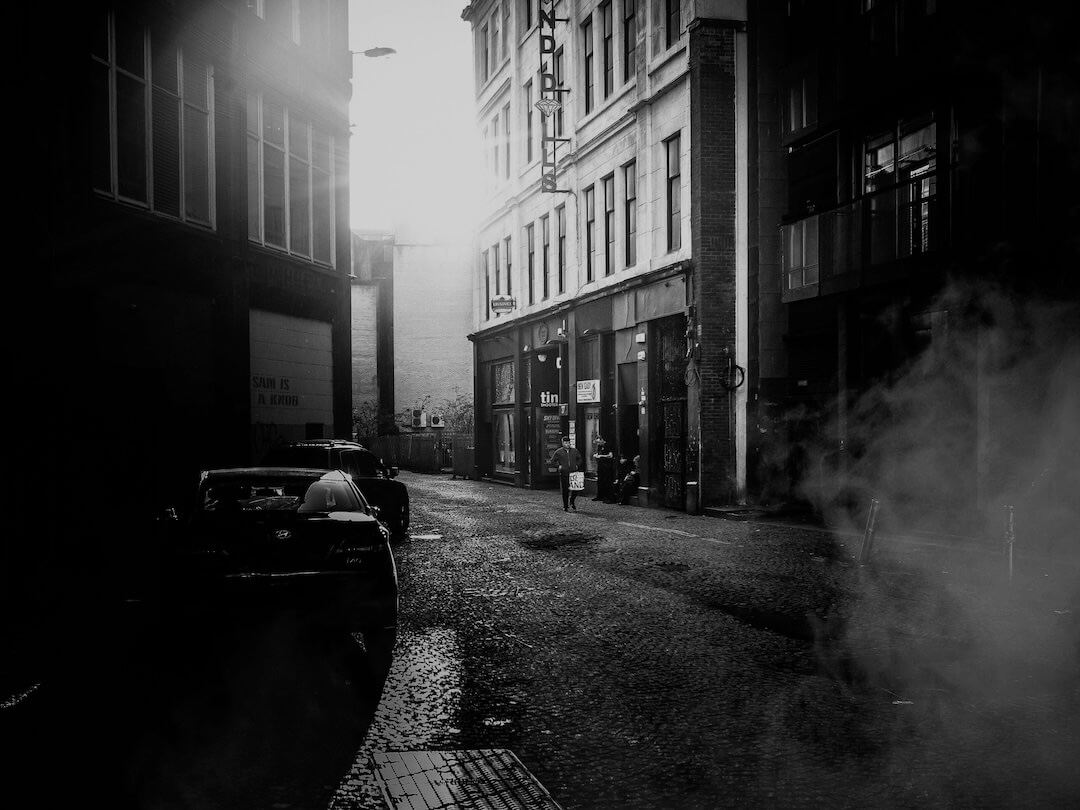

We Have Always Lived in the Castle is Shirley Jackson’s haunting exploration of isolation, familial bonds, and the creeping dread of an insular life. Published in 1962, this Gothic tale captures the fractured psyche of its narrators and the chilling consequences of small-town malice. With her trademark wit and mastery of atmosphere, Jackson crafts a story that is equal parts disturbing and darkly whimsical.
The novel centers on the Blackwood family, whose existence is shrouded in tragedy and secrecy. Mary Katherine "Merricat" Blackwood lives with her sister, Constance, and their ailing Uncle Julian in a grand but decaying mansion. Ostracized by the local villagers, the Blackwoods are haunted by the deaths of their family members, who were poisoned at dinner years prior—a crime for which Constance was accused and acquitted.
As Merricat narrates their day-to-day lives with childlike detachment and unsettling rituals, the story reveals her warped psyche and obsessive need to protect her sister. The fragile stability of their secluded world is threatened by the arrival of their cousin Charles, whose intentions disrupt the balance and bring long-buried tensions to the surface. The climax unravels in a series of chilling events that solidify the sisters’ isolation, turning their home into a macabre fortress against the outside world.
Jackson’s prose is deceptively simple, weaving an atmosphere of quiet dread through Merricat’s detached, almost dreamlike narration. The interplay of dark humor and Gothic tension keeps readers on edge, while the sparse details about the poisoning create a sense of mystery that lingers long after the story ends. Jackson masterfully balances ambiguity with emotional resonance, making the novel a prime example of psychological horror.
We Have Always Lived in the Castle cemented Shirley Jackson’s reputation as a master of modern Gothic fiction. Its themes of isolation and societal judgment resonate in contemporary discussions of otherness and mental health. The novel has inspired adaptations and countless reinterpretations, remaining a touchstone for readers and writers exploring the boundaries of psychological horror.
When I first read We Have Always Lived in the Castle, I was struck by how effortlessly Shirley Jackson created a world that felt both magical and sinister. Merricat’s childlike rituals reminded me of moments in my own childhood when imagination served as a shield against reality—albeit a far less dark one than hers. The Blackwoods’ isolation resonated with my own feelings of being an outsider, and the way Jackson depicted the villagers’ cruelty felt painfully familiar, a reminder of how people often fear and ostracize what they don’t understand.
The house itself felt alive, a character in its own right, embodying both the comfort of home and the suffocating weight of secrets. By the time I finished, I realized I had become as protective of the Blackwood sisters’ fragile world as Merricat herself. Jackson’s ability to draw me so deeply into their strange, secluded lives is a testament to her unparalleled skill as a storyteller.
We Have Always Lived in the Castle is a chilling, unforgettable journey into the mind of an unreliable narrator. Its exploration of family, isolation, and societal cruelty is as relevant today as it was in 1962. For those who appreciate Gothic fiction and psychological horror, this novel is a must-read.
Rating: 5/5
Select a citation style:
If copying fails, use the text below:
Jamie Bucuy is a psychological horror and thriller writer with a Master of Fine Arts in Creative Writing. Specializing in literary analysis and the exploration of weird fiction, Jamie provides readers with insightful reviews that uncover the thematic and stylistic intricacies of classic and modern horror stories.
Stay updated with the latest news and releases from Jamie Bucuy